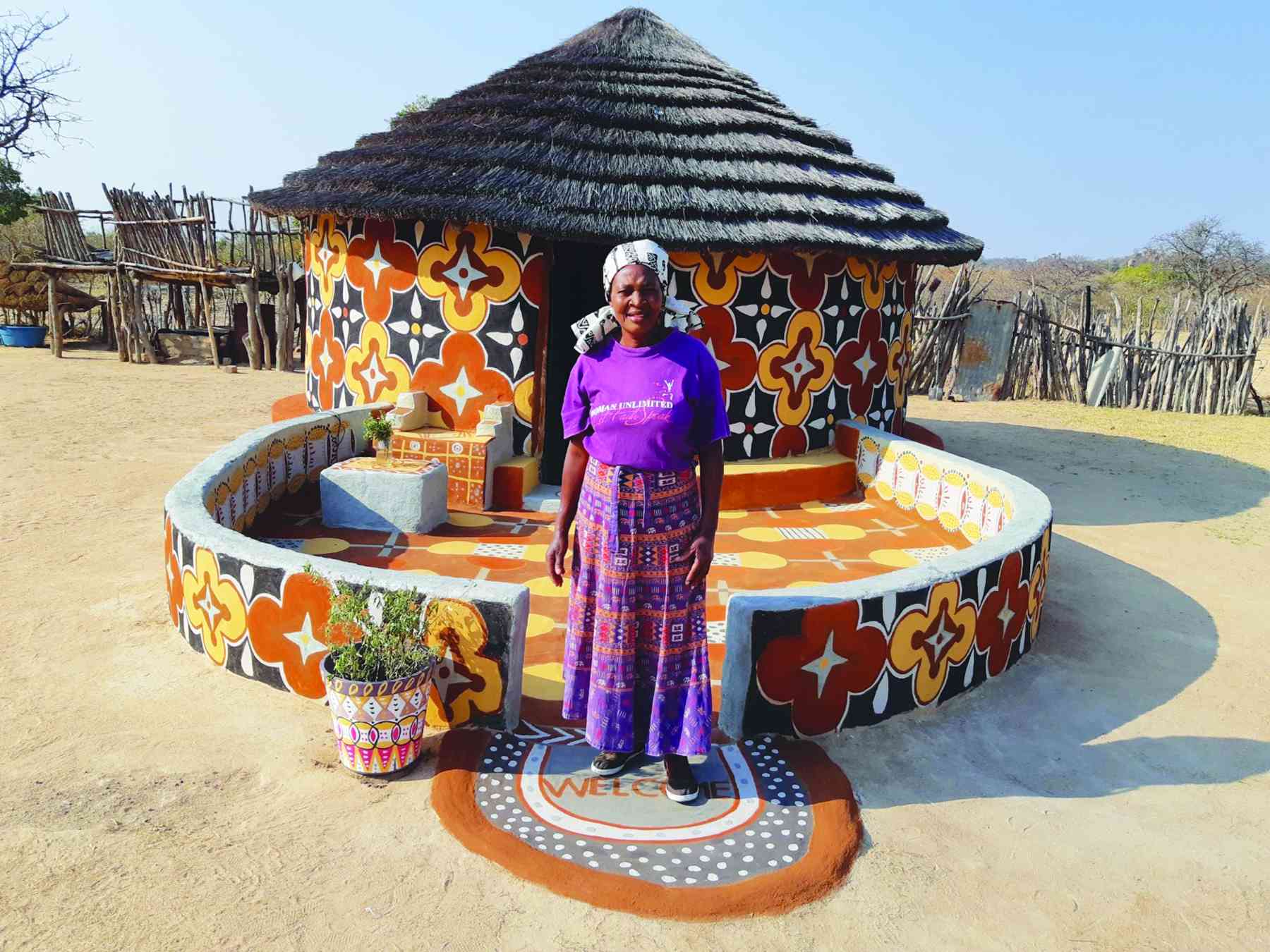
THE Clay-painted Hut Competition under Ekhaya Gaia non-profit has hit the 10-year mark, with the competition seeking to hold high the hardworking women of Matobo, in Matabeleland South province.
The event, which is set to take place in association with the Bulawayo National Art Gallery and Amagugu International Heritage Centre, will be held in Matobo this year.
Ekhaya Gaia chairperson Veronique Attala said the inspiration to hold the competition came after taking a long walk in the parched winter savanna with historian Pathisa Nyathi and professor John Knight.
Speaking to NewsDay Life & Style, Attala said the competition sought to recognise the efforts and dedication of Matobo women who tended to the needs of their families while they remained in their traditional rural environment, combining art and development.
“These artists, the ladies of Matobo, needed no schooling or education to express their talent. It simply grew from their deep love of the people and their landscape. It reflects women for whom determination and hard work are a daily necessity,” Attala said.
Attala said over the years, natural talent had been revealed and nurtured.
The competition started in 2014 with 30 participants and by 2022, had grown to 860 entrants.
The works of art are done in winter during the dry season when farm work has been completed and women are able to harvest the soils, stone and natural clays, powder paint as well as sources of colour for their home.
Attala marvelled at the glorious works that take place during this period.
“Over the winter months, one can witness the emergence of beautiful and varied designs, colours of ochre, greens, whites, blacks which bare all earthly African colours,” she said
“Wood ash is used for white, charcoal for black while there are a variety of natural ochres that range from yellow to deep red.
“The leaves of certain trees are boiled to make a varnish. Internally, shelves are made in the kitchens, centres of family gathering.”
By August, the works of art are complete and every house that entered the competition is visited and the photographing of the works of art begins.
The photographs are then classified and printed and after each artist is recognised, the judging begins.







